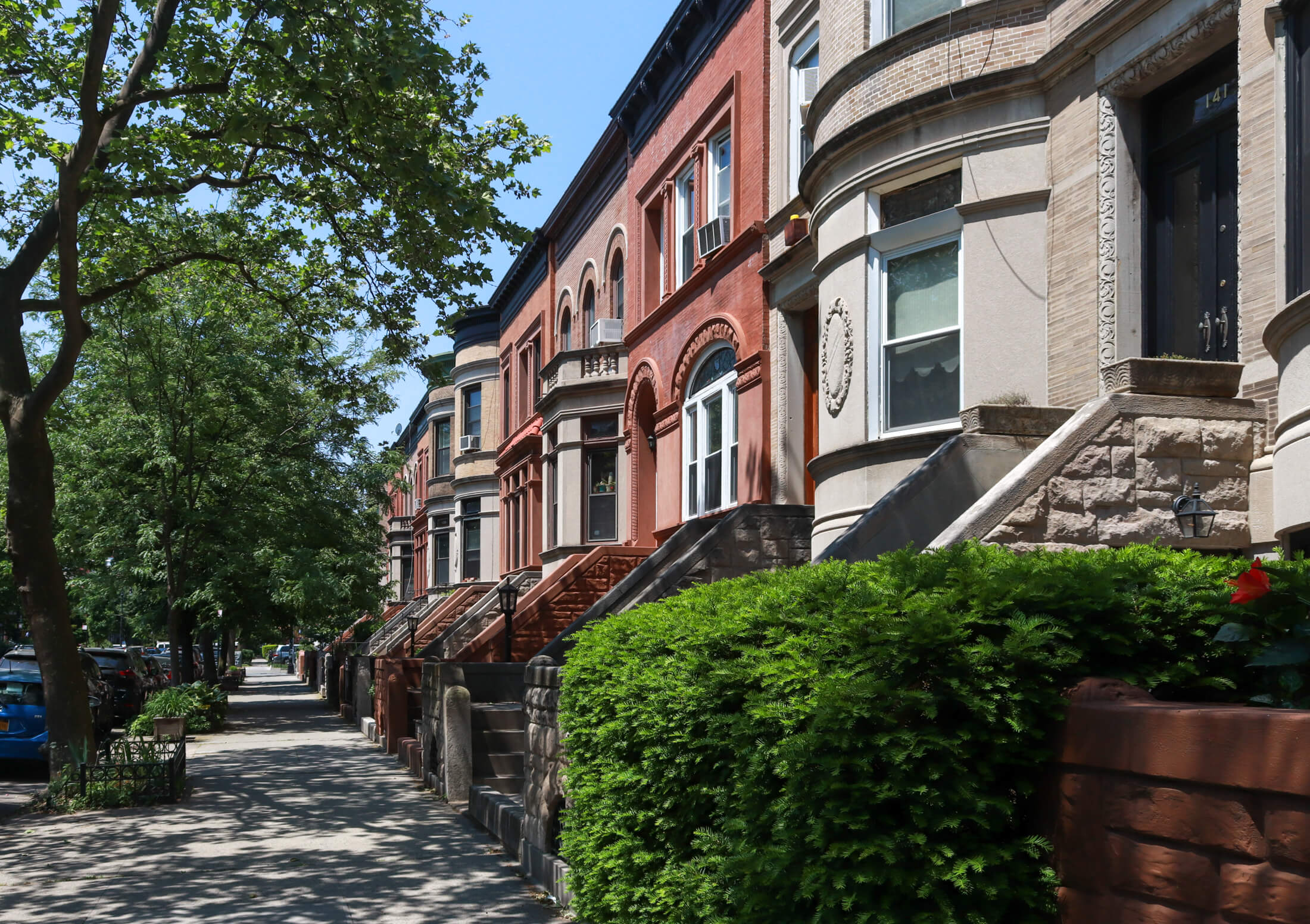Latest S&P Numbers: Surprise! They Ain't Good
The Journal reports that the most recent S&P/Case-Shiller indexes, which covered home-price trends in 20 major metropolitan areas through April, show home prices dropping 15.3 percent in the past year—a record decline. The continued devaluation of residential real estate across the country set home prices back to where they were a whole three years ago,…

The Journal reports that the most recent S&P/Case-Shiller indexes, which covered home-price trends in 20 major metropolitan areas through April, show home prices dropping 15.3 percent in the past year—a record decline. The continued devaluation of residential real estate across the country set home prices back to where they were a whole three years ago, even though eight of metropolitan areas included in the index showed a bit of improvement over March of this year. There was no region studied, however, that did not post a year-over-year decline in prices. Vegas and Miami saw the biggest price drops between April ’07 and April ’08, while Charlotte and Dallas fared the best. The New York region was somewhere in the middle, with a year-over-year decline of 8.4 percent and a 1.3 percent dip between March ’08 and April ’08. “There might be some regional pockets of improvement,” said David M. Blitzer, chairman of Standard & Poor’s index committee, though “on an annual basis the overall numbers continue to decline.”
Home-Price Gains Are Erased, Now Stand at 2004-2005 Levels [WSJ]
Graphic from the Wall Street Journal.









11:19am from June 25 – we’ve **seen** that article – you keep posting it over and over again about how the suburbs are dying, everyone wants to live in urban areas because of gas etc. But simply posting that article over and over again is not going to prop up the sagging NY real estate market. True, these stats may not zero in on places like prime Bklyn but even here there are numerous price cuts starting to happen. I’m in the market for a townhouse (having sold our apt a few months ago, pre-Bear Sterns) and brokers are clamoring to have us make offers, even low ones, on properties they are selling that are either not moving, or taking cuts. This trend will probably continue moving downwards for the next year or so. We’re taking our time, but will jump in at the right place at the right price – things are still overpriced but at least sellers seem to be getting more negotiable, perhaps because they realize it’s not going to get any better any time soon, and could very well get worse so may as well take the significant profits now (which they are sure to make if they bought anytime before last few years)…
Where are you going, guest @ 10:44? We are also considering a move (well, we are actually agonizing over it) to the ‘burbs and have been checking out towns along the Hudson and Harlem train lines. So far, Bronxville seems to be a winner.
Good luck with your move. Life is compromise, right? I think it was Darwin who said that it’s not the strongest that survive, but those most adaptable to change.
“”I don’t understand how buying and selling paper — a theoretical right to future delivery that will be settled in cash without any oil actually changing hands — affects the price of the real thing. Usually derivatives derive their price from the underlying asset, not the other way around.”
“Commodities are different from other kinds of paper in this regard, because if the future price rises above the cost of interim storage, an arbitrageur can make a risk-free profit by buying the underlying asset, selling the future, and storing until delivery date. That means that the future prices are more tightly coupled to the spot price than is the case for other asset classes. For more information, read the wikipedia page on contango.
“Incidentally, a corrollary is that if oil inventories stay low, it’s more likely that fundamentals rather than speculation is driving a rising price.”
This all makes sense, but then if speculation is driving price there should be some stored food or oil inventories, just as there were in several of the famous famines, or like the electricity shutdowns in California.
Krugman says there aren’t any signs of this inventory buildup. Is it possible to hide it??
I’m a 15-year Brooklynite about to move to the burbs. The main reason (far greater than any other reason) is the schools. I just have no faith in the long-term quality of schools in NYC, while I feel much more confident in the continued quality of the schools in the town I am moving to. And paying $27K in after tax dollars for private school plus the cost of NYC income tax makes the economics of the burbs a much better deal.
That said, I am sad to leave. I love Brooklyn and know that my kids will be poorer for the move in some ways. But everyone must weigh the tradeoffs in their own mind and make the choice that seems best for them and their family.
There is no point in being sanctimonious.
i think the best thing you all should do for the planet is to have yourselves rendered incapable of breeding.
9:27 wrote –
$5.00 to take the train 4 stops from Brooklyn to Manhattan…
Enjoy it yuppie!!!!
Actually, I work for the MTA. It’ll probably be highter for fares – $7.00 – $8.00 a ride EACH way. We’re already doing projections and it doesn’t look good.
This whole mentallity of City vs, Suburbia is silly. We will all get the shaft in terms of paying way more for our daily commutes. Supply and Demand. Cars use gasoline. Trains use electricity. NY is one of the worse states which generate their own power and provide it to its residents. And it’s going to get a lot worse once they close the nuclear power plant down and price of energy continues to rise.
“$300 dollars a barrel in 2013 means approximately $9.00 a gallon for U.S. drivers.
Enjoy it suburbanites!!!!”
___________________________
$5.00 to take the train 4 stops from Brooklyn to Manhattan…
Enjoy it yuppie!!!!
“I don’t understand how buying and selling paper — a theoretical right to future delivery that will be settled in cash without any oil actually changing hands — affects the price of the real thing. Usually derivatives derive their price from the underlying asset, not the other way around.”
Commodities are different from other kinds of paper in this regard, because if the future price rises above the cost of interim storage, an arbitrageur can make a risk-free profit by buying the underlying asset, selling the future, and storing until delivery date. That means that the future prices are more tightly coupled to the spot price than is the case for other asset classes. For more information, read the wikipedia page on contango.
Incidentally, a corrollary is that if oil inventories stay low, it’s more likely that fundamentals rather than speculation is driving a rising price.
Yes, a composting toilet often avoids using any water–be it “grey water” which is water recouped from sinks, tubs, showers and often used for flushing toilet waste, or, as we rather absurdly use precious “drinking water”. Toilets can use rainwater or course, but you need a large cistern capacity (and frankly, ample rain) and the room to make this happen for an average family of 4 in the US with 1.6 gpf toilets. Better to collect rainwater and to filter it for drinking if water is scarce (CA and AZ…and some would argue that all drinking quality water is scarce!). Best not to flush it away.
Drinking-quality water should be used for cooking, drinking and washing.
Certain brands of composting toilets can create a high grade liquid fertilzier and basically a compost that is safe to use on gardens. The bigger the receptacle, the longer it processes and the safer it is. The Clivus company’s systems are about human height so could sit in a basement. The pipe used to vent the thing can be snaked up to the roof just like a dry stack or vent is for water fixtures.
In a new home designed to accommodate one where commode placement can be planned out from the get-go and chases can be created, multiple commodes can be attached to the Clivus Multrum, say, having two bathrooms/WCs next to each other or a bathroom on floor 1 and another on floor 2 positioned so the commode empties correctly.
Clivus now has a foam assisted commode that allows for a smaller waste pipe and a more distant offset from. It uses 3 ounces of water and a drop of liquid soap per “flush”.
http://www.clivusmultrum.com/products.shtml
I have seen this type of composting toilet installed and functioning perfectly for years.
There can be a big cost savings for houses that would otherwise require a ceptic system which can cause landscaping issues, lots of town regulation and busybodiness, maintenance costs by the company that comes to pull the muck out of them, increased water bills or if one has a pump pulling well water up, a MUCH higher electricity usage (be it grid electricity , generator–i.e. noise, fuel expense and pollution–or from one’s own PV or wind–i.e you spend more on sizing your system up to handle the heavier electricity need.)
There are a lot of infrastructure costs we take for granted using drinking water for our flushing. NYC spends a fortune on providing our toilets with fresh, drinkable water. You can cut your water use in half by having a Clivus and these can mean pretty big savings in some places.
And yes, I know it sounds like this all applies to homes in the Stix (over the River Stix) but this is technology that can be used right here in NYC. Granted, there are composting toilets available that would entirely fit in the bathroom but they are not as efficient as the large version like the Clivus that sits in the room below the bathrooms.
BTW, 8:31, thank you for your question since it shows you persevered and read through my list. Bravo!
FGG